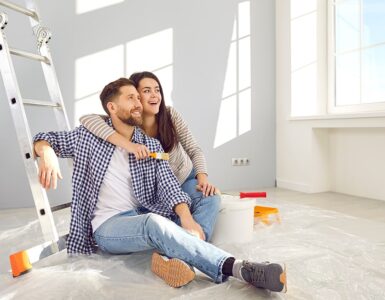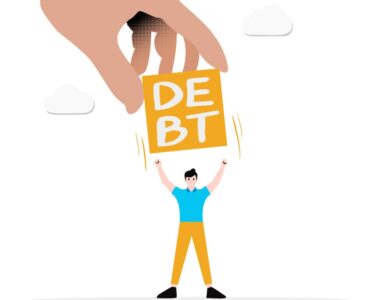You may not eat breakfast every day due to a lack of time and being in a rush. However, if your child is not eating that morning meal due to a lack of income, that can be a problem.
School days are long, which is why children need to start their days off right with a nutritious breakfast. And even if you’re having trouble affording that meal, you may not have to pay for it anymore if you qualify for the School Breakfast Program (SBP).
Here are some frequently asked questions about this popular program, plus answers to see how it can help you.
1. What is the School Breakfast Program?
It started in 1966 as a test to see how providing breakfast could help children from low-income households. After seeing success, Congress made the SBP into an official entitlement program in 1975.
2. How many kids use the SBP?
In its early years, the SBP was used by about half a million children. That number ballooned 20 years later to the four million mark. As of 2016, nearly 15 million children used the SBP to get much-needed nutrition in the morning.
3. Who runs the School Breakfast Program?
The Food and Nutrition Service, which makes up part of the U.S. Department of Agriculture (USDA), runs the School Breakfast Program at the federal level. State agencies, however, are the ones in charge of working with local schools to get breakfasts distributed to those who need them most.
4. Is the SBP reserved for public school students only?
While public schools make up a massive chunk of SBP use, they are not the only institutions participating in this food assistance program. Non-profit private schools, charter schools, and childcare institutions also work with the SBP to get their students fed before classes start.
5. Who pays for the breakfasts?
Schools serve breakfasts to students who qualify. They do this either for free or offer those breakfasts at a low, affordable cost that does not exceed 30 cents per meal.
As long as the school serves breakfasts that meet the program’s nutritional requirements, they get reimbursed for each meal with a USDA cash subsidy.
6. How do you qualify for the School Breakfast Program?
Your child can get free breakfasts if your household’s income sits below 130 percent of the federal poverty level. If your income is between 130 and 185 percent of the poverty level, your child may get low-cost breakfasts that, as mentioned, cannot exceed 30 cents each.
Income is just one way to determine eligibility, though. A child can also get SBP benefits if they receive some other form of federal assistance, like food stamps, or if they are a runaway, migrant, foster child, or homeless.
7. If you qualify for the SBP, how will your child receive their breakfast?
SBP recipients usually get breakfasts before or during morning classes. They may go to the cafeteria to eat or get a classroom breakfast or something in a to-go bag.






